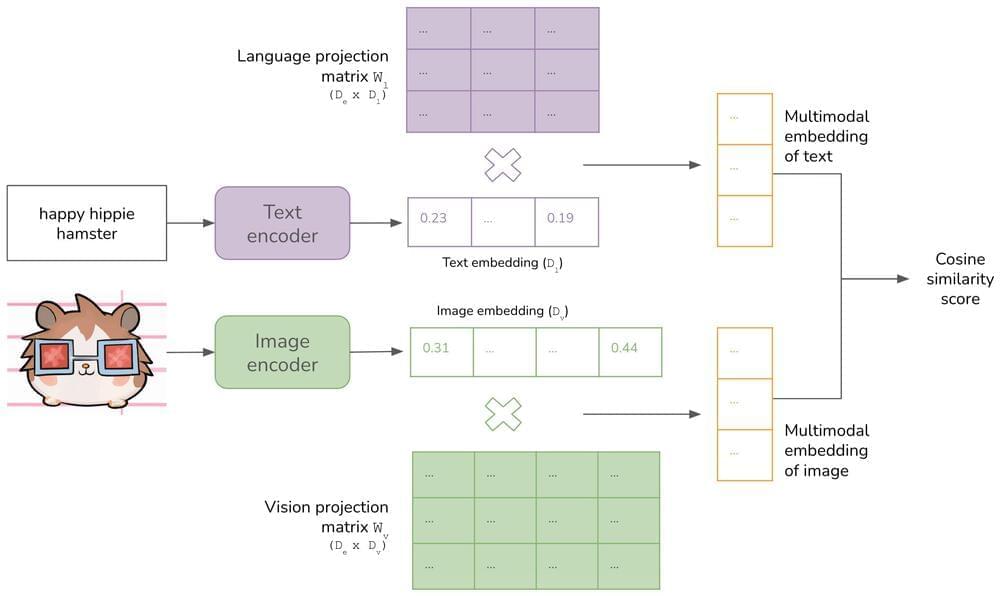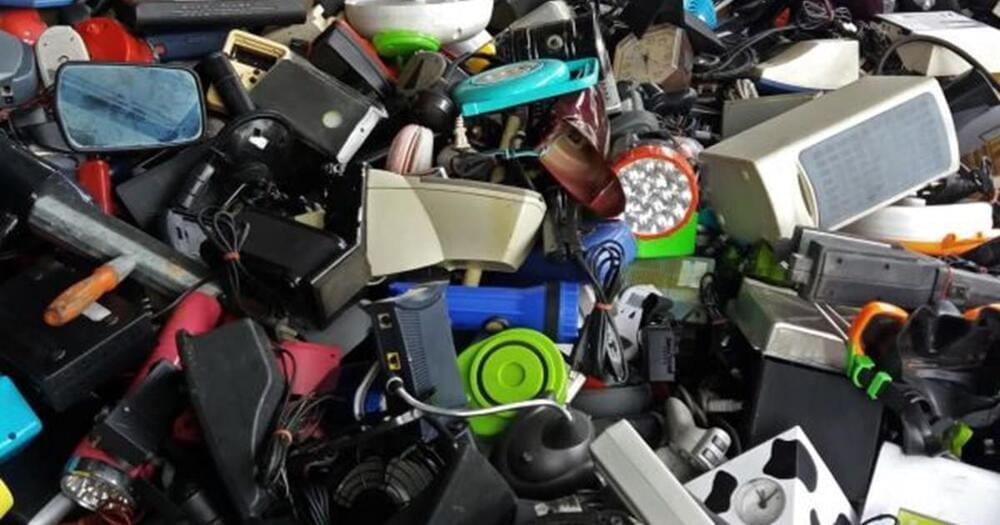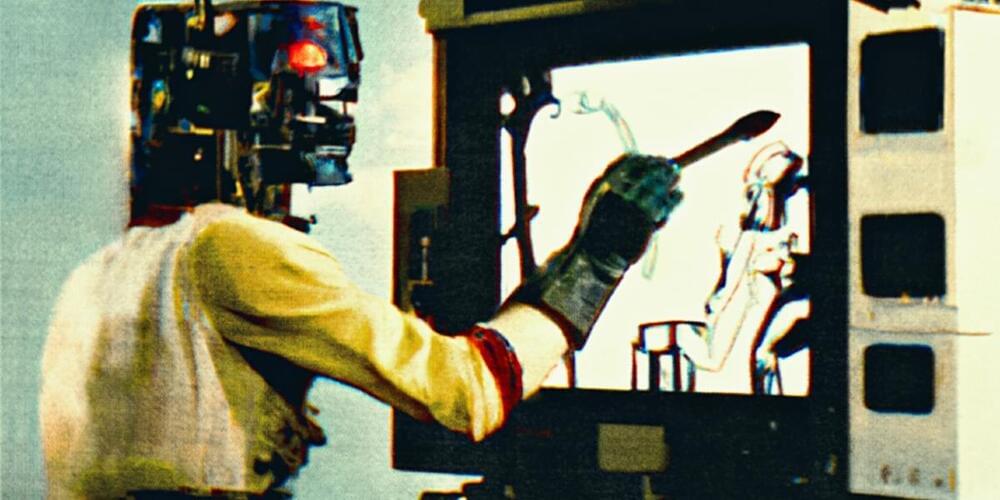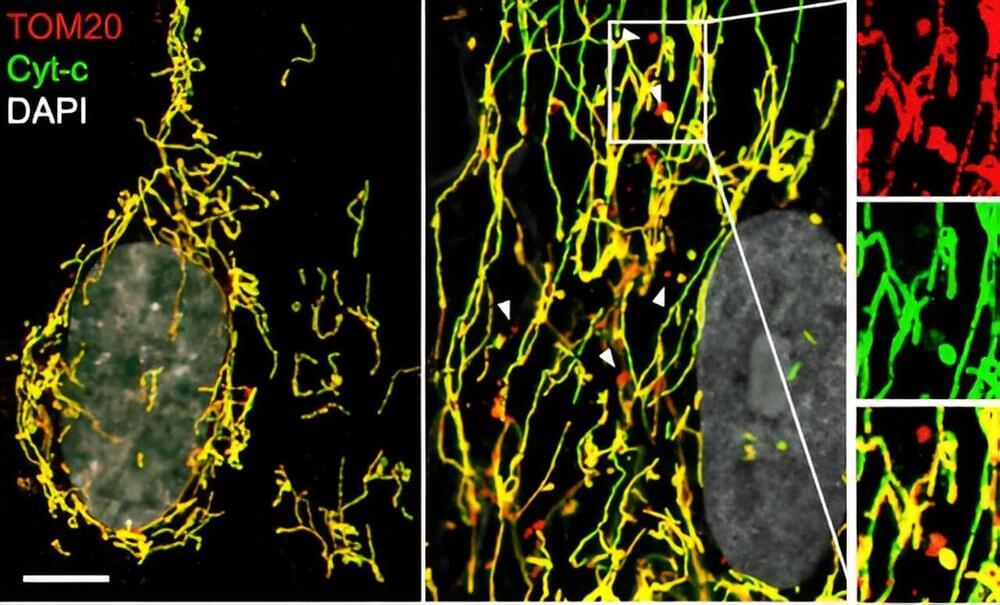Watch the Psyche spacecraft launch from NASA’s Kennedy Space Center in Florida on a SpaceX Falcon Heavy rocket. NASA and SpaceX are now targeting launch at 1…
Get the latest international news and world events from around the world.

Multimodality and Large Multimodal Models (LMMs)
For a long time, each ML model operated in one data mode – text (translation, language modeling), image (object detection, image classification), or audio (speech recognition).
However, natural intelligence is not limited to just a single modality. Humans can read and write text. We can see images and watch videos. We listen to music to relax and watch out for strange noises to detect danger. Being able to work with multimodal data is essential for us or any AI to operate in the real world.
OpenAI noted in their GPT-4V system card that “incorporating additional modalities (such as image inputs) into LLMs is viewed by some as a key frontier in AI research and development.”


$9.5 bn of key metals in overlooked electronic waste: UN
Consumers discard or possess disused electronic goods containing raw materials critical for the green energy transition and worth almost $10 billion every year, the United Nations said on Thursday.
Toys, cables, electronic cigarettes, tools, electric toothbrushes, shavers, headphones and other domestic gadgets contain metals like lithium, gold, silver and copper.
Demand is expected to soar for these materials due to their crucial role in rapidly growing green industries such as electric vehicle battery production.



Raytheon to build revolutionary rotating detonation engine for DARPA
DARPA has contracted Raytheon to develop a practical version of a revolutionary air-breathing rotating detonation engine called Gambit, which would have no moving parts and could lead to lighter missiles with longer ranges at lower cost.
Gas turbines are remarkable power plants that have made possible modern air travel and many weapon systems, but they suffer from a number of disadvantages. They are complex machines that are heavy, have many moving parts that are costly to assemble and maintain, and they require exotic materials and special processing to handle the tremendous temperatures they operate at.
It’s bad enough when such an engine is installed in an aircraft, but when it’s part of a throwaway weapon like a cruise missile, this not only limits the payload, it runs into some serious money.



Biobank aims to discover new treatments for children with genetic muscle diseases
An Australian first biobank will be established to improve and discover new treatments for children with genetic muscle diseases.
The National Muscle Disease Bio-databank, co-led by Murdoch Children’s Research Institute, Monash University and The Alfred, will advance research into our understanding of why children develop genetic muscle diseases.
These diseases, spanning dystrophies and myopathies, are characterised by severe muscle weakness, usually from infancy, that can impact swallowing, breathing and lead to eye problems and learning difficulties.
Housed at Murdoch Children’s, the biobank will store blood test and skin biopsy samples from children across Australia with genetic muscle disease.
Murdoch Children’s Dr Peter Houweling said the project aimed to develop new and better treatments and fast-track discoveries into clinical trials.